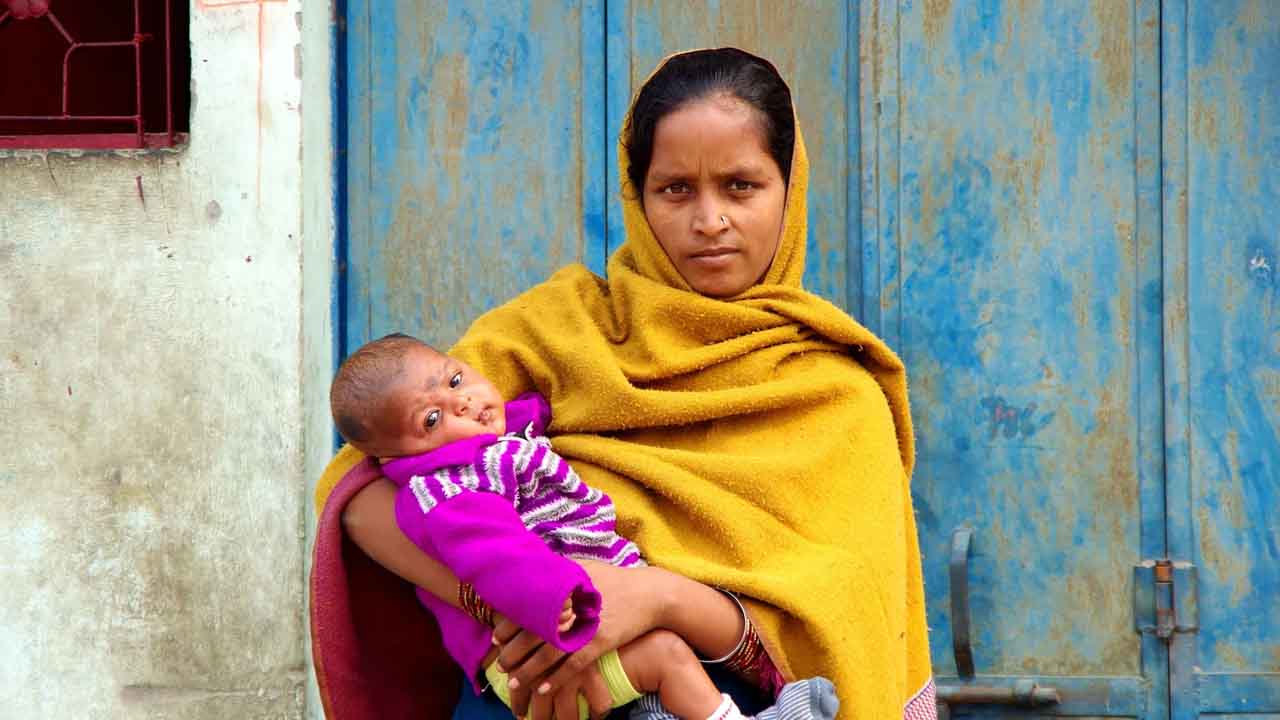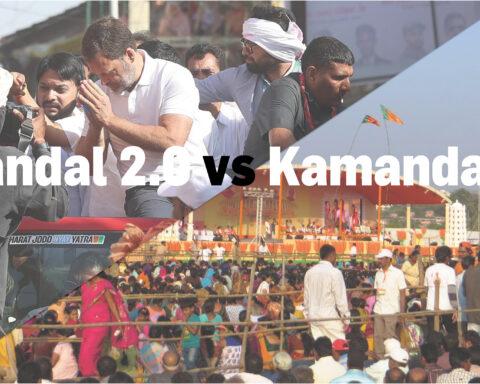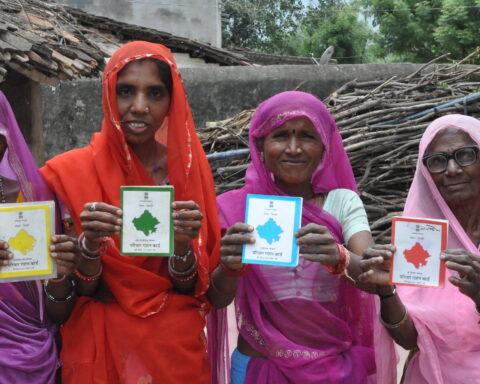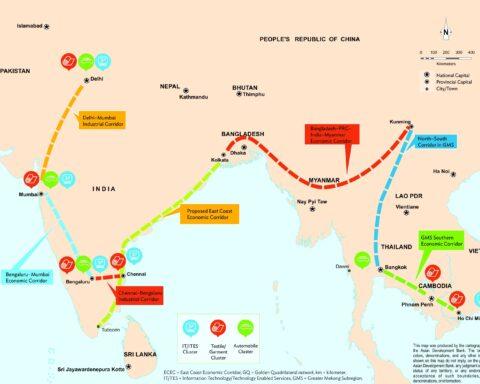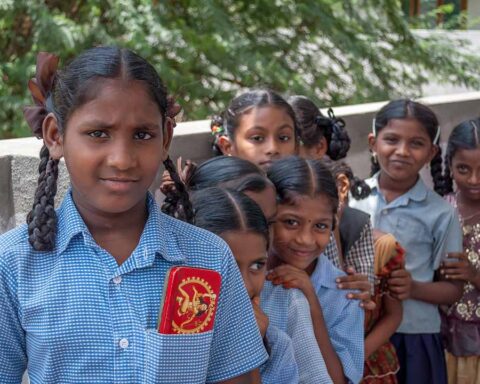Kerala and Tamil Nadu are the top-ranking large states and Mizoram and Tripura among the smaller states in NITI Aayog’s fourth edition of the State Health Index for 2019-20. Dadra and Nagar Haveli and Daman and Diu, and Chandigarh are the best performing among union territories. The index noted maximum annual incremental performance shown by Uttar Pradesh, Assam and Telangana among larger states, Mizoram and Meghalaya among smaller states, and Delhi and J&K among UTs.
The report, Healthy States, Progressive India ranks states and union territories (UTs) on their year-on-year incremental performance in health outcomes as well as their overall status. NITI Aayog Vice Chairman Dr Rajiv Kumar, CEO Amitabh Kant, Additional Secretary Dr Rakesh Sarwal, and World Bank Senior Health Specialist Sheena Chhabra released the report. The report has been developed by NITI Aayog, with technical assistance from the World Bank, and in close consultation with the Ministry of Health and Family Welfare (MoHFW).
“States are beginning to take cognisance of indices such as the State Health Index and use them in their policymaking and resource allocation. This report is an example of both competitive and cooperative federalism,” said VC Dr Rajiv Kumar.
The index is being compiled and published since 2017 with the aim to nudge states/UTs towards building robust health systems and improving service delivery. MoHFW links the index to incentives under National Health Mission, a move instrumental in shifting the focus from budget spending and inputs to outputs and outcomes. The round four of the report focuses on measuring and highlighting the overall performance and incremental improvement of states and UTs over the period 2018-19 to 2019-20. It is a weighted composite index based on 24 indicators grouped under the domains of Health Outcomes, Governance and Information, and Key Inputs/Processes.
“Our objective through this index is to not just look at the states’ historical performance, but also their incremental performance. The index encourages healthy competition and cross-learning among States and UTs,” said CEO Amitabh Kant.

